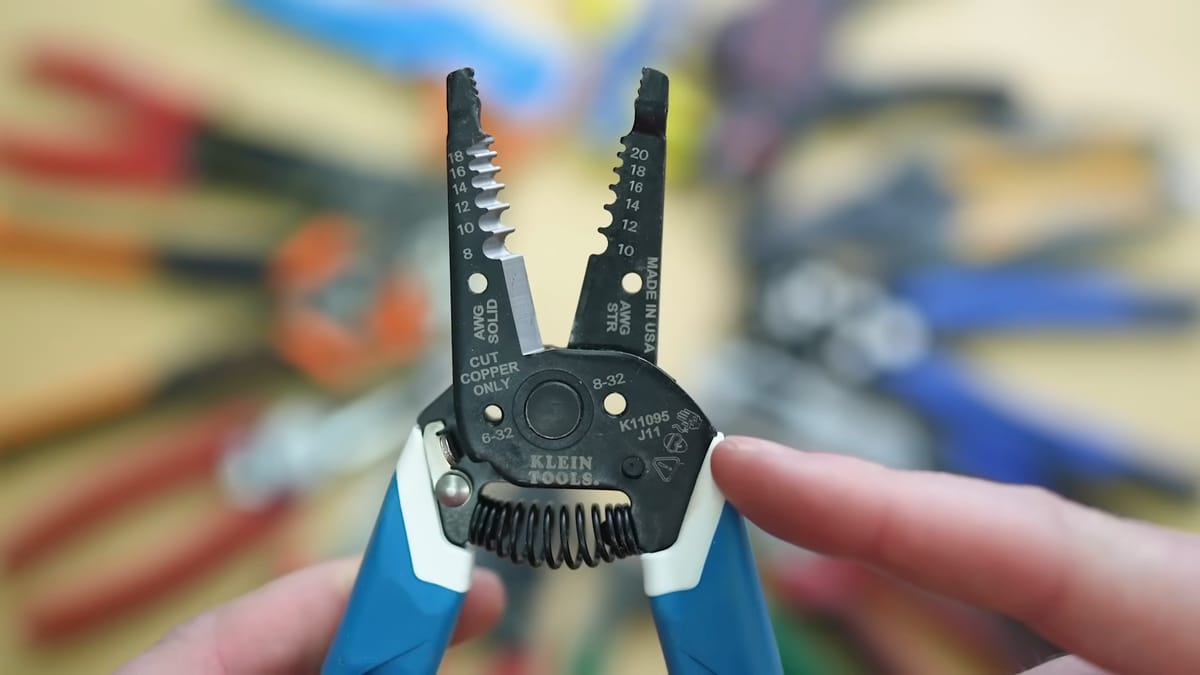Mastering Wire Strippers: Features You Didn't Know Existed
Discover the full potential of wire strippers beyond just stripping wires. Learn about their features and how to use them efficiently for your DIY projects.

Wire strippers are essential tools in any DIYer's arsenal, but their full potential is often overlooked. While most people know they can strip wires, these handy devices offer a plethora of features that can make your electrical projects more efficient and professional.
In this great video, Nils of LRN2DIY runs through all of the common (and not so common) features found on wire strippers.
Understanding Wire Gauges
Wire strippers typically have two sets of numbers indicating gauge sizes:
- AWG (American Wire Gauge) for solid core wires.
- STR (Stranded) for stranded wires.
Using the correct gauge is crucial to avoid damaging the wires. For instance, a 12-gauge solid wire and a 12-gauge stranded wire require different stripper settings to prevent cutting through the strands of the latter.
Key Features of Wire Strippers
- Needle Nose Pliers
- Ideal for gripping and twisting wires.
- Can remove tabs from outlets or light switches, though this might require some torque.
- Wire Grabber
- Located under the needle nose pliers, this feature is perfect for pulling off insulation without damaging the wire.
- Gauge Hole Tester
- Helps identify the wire gauge by fitting the wire into the appropriate hole.
- Hook Makers
- Small holes that help bend wires into hooks for terminal screws, ensuring a secure connection.
- Wire Cutters
- Designed to cut copper wires cleanly, making them ready for installation.
- Bolt Shears
- Available in sizes like 6-32 and 8-32, these shears cut bolts to the desired length and rethread them, ensuring smooth installation.





